Planning a trip? Those who love to travel know the essence of all travel is about you and your enjoyment. Travelers know that the destination is a major part in planning a trip, experiencing and delving deeper into an unfamiliar places, people and culture is paramount.
Expand your horizons and set your sight to the Philippines, an off the beaten path travel site! An undiscovered paradise made of thousands of islands and white sand beaches all around! A tiny dot in the map of the world, and yet a haven for travelers, backpackers, retirees and even passersby.
It offers awesome tourist attractions, magnificent beaches, hot spring resorts, colorful festivals, hundreds of scenic spots and world-class hotels and facilities. Not to mention the tropical climate, the affordable prices as well as the friendly and hospitable, English-speaking people! You will be glad you came, and we’re sure, you WILL come back for more FUN in the Philippines!
MALACANANG PALACE
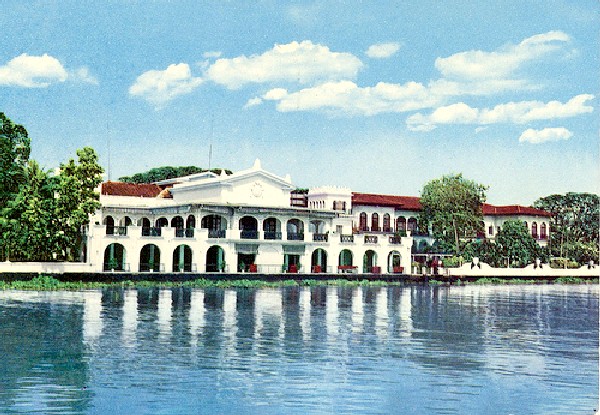 Photo from: whiteknighthotelintramuros.com
Photo from: whiteknighthotelintramuros.com
The Malacañan Palace, commonly known simply as Malacañang or “the Palace”, is the official residence and principal workplace of the President of the Philippines. It is located at 1000 José P. Laurel Street, San Miguel, Manila. The house was built in 1750 in Spanish Colonial style. It has been the residence of every Philippine head of government since Rafael de Echague y Berminghan. During the American period, Governors-General Francis Burton Harrison and Dwight F. Davis built an executive building, the Kalayaan Hall, which was later transformed into a museum.
Originally a summer house built by Spanish aristocrat Don Luis Rocha, the structure was sold to Colonel José Miguel Formente, and was later purchased by the state in 1825. Since then, Malacañan Palace became the temporary residence of every Governor-General. During the Spanish–American War, Malacañan Palace became the residence of the American Civil Governors, William Howard Taft being the first. During the American period, many administrative buildings were constructed and the Palace was refurbished. To date, Emilio Aguinaldo, was the only head of state who did not live in the Palace complex, instead residing in his private home, in Kawit, Cavite. The Palace was seized by rebels several times, starting from the People Power Revolution, the 1989 coup attempt, where the palace was bombed by T-28 Trojans, the 2001 Manila riots, EDSA II and the May 1 riots.
The Palace has been the residence of eighteen Spanish Governors-General, fourteen American Civil Governors and later Philippine Presidents (with the exception of Emilio Aguinaldo).
In Philippine political and common parlance, “Malacañang” and “the Palace” has become metonyms for the presidency, the executive branch and the government as a whole. – wikipedia.org
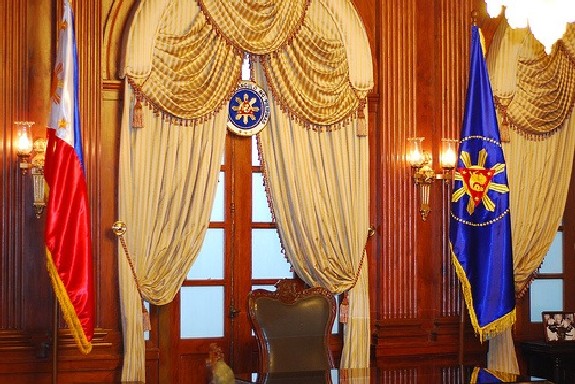 Photo from: hikot.com
Photo from: hikot.com
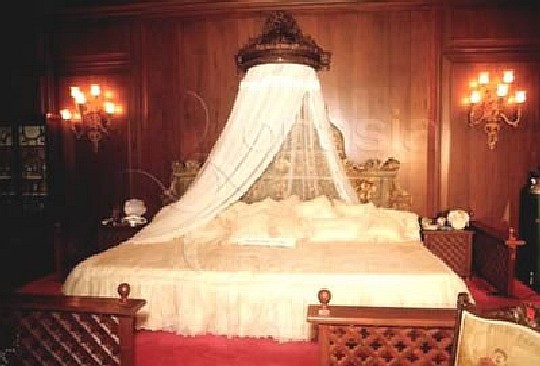 Photo from: filipinofightingartsintl.com
Photo from: filipinofightingartsintl.com
White House of the Philippines
In spite the palace’s grandeur by the banks of Pasig River, history has not always been kind to Malacañang. It went through the hands of American generals William Howard Taft and Francis Harrison during the Spanish-American War. As the residence of the country’s longest-serving leaders, Ferdinand and Imelda Marcos, the palace became an icon of hatred as it was where Ferdinand declared martial law and where Imelda hid her infamous 3,000 pairs of shoes. Legend has it that Ferdinand looted Japanese general Tomoyuki Yamashita’s golden Buddha and melted it to be made as his presidential toilet bowl.
Although the palace today continues to become a magnet for protests along Mendiola Street, it continues to be an icon, well-visited by locals and tourists alike for its grand ballrooms, historic collections, and opulent rooms that every now and then have become the place for entertaining dignitaries like former US President George W. Bush.
Features
Today, the complex is divided into the main palace, the Bonifacio Hall (the former offices of former presidents Ferdinand Marcos, Corazon Aquino and Joseph Estrada), Kalayaan Hall (the former American-period executive building), Mabini Hall (administrative building), the New Executive Building (built by President Aquino), the grand staircase, and the Presidential Study, similar to that of US’ Oval Office at the White House. Across the river is the Malacañang Park, with its own garden, golf course, a recreation hall, and an American-era guesthouse.
Inside Kalayaan Hall is Malacañang Museum, the heart of the complex. Built in 1920, it features exhibits and galleries showcasing the legacies of the country’s presidents. The museum’s collections are chronologically arranged, from the Spanish era (1750s-1898), to the first Philippine Republic (1860s-1901), American era (1898–1935), Commonwealth of the Philippines (1935–1946), Republic of the Philippines (1946-the present), EDSA People Power Revolution (February 1986), and several rooms used by former presidents and cabinet members.
Among the presidents’ personal collections on display are religious images, campaign posters, gifts of foreign VIPs, photographs, President Ramon Magsaysay’s riding boots, President Carlos P. Garcia’s chess set, President Gloria Macapagal-Arroyo’s necklaces, people power paraphernalia of Corazon Aquino, and mementos from Fidel V. Ramos. – manilagateway.com
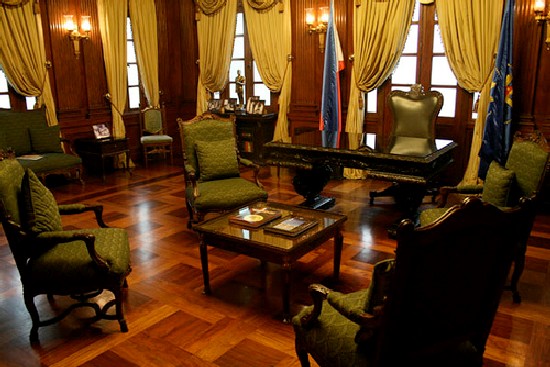 Photo from: hikot.com
Photo from: hikot.com
TABLE OF CONTENTS
Visit Manila – “The Pearl of the Orient”
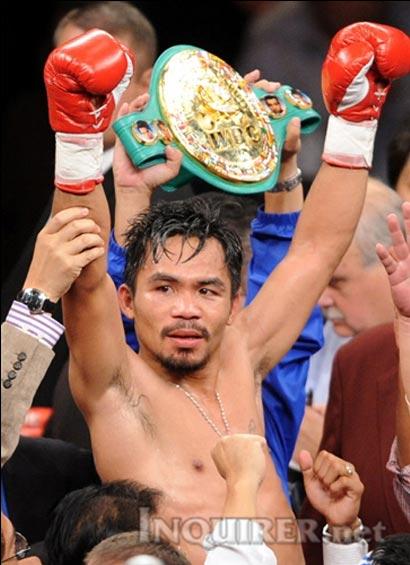
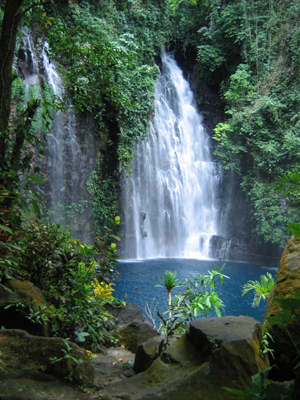
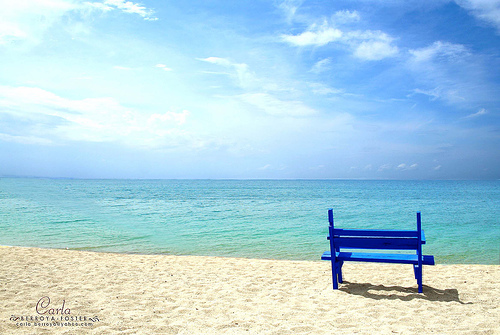
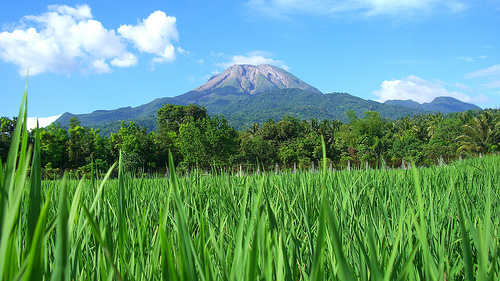
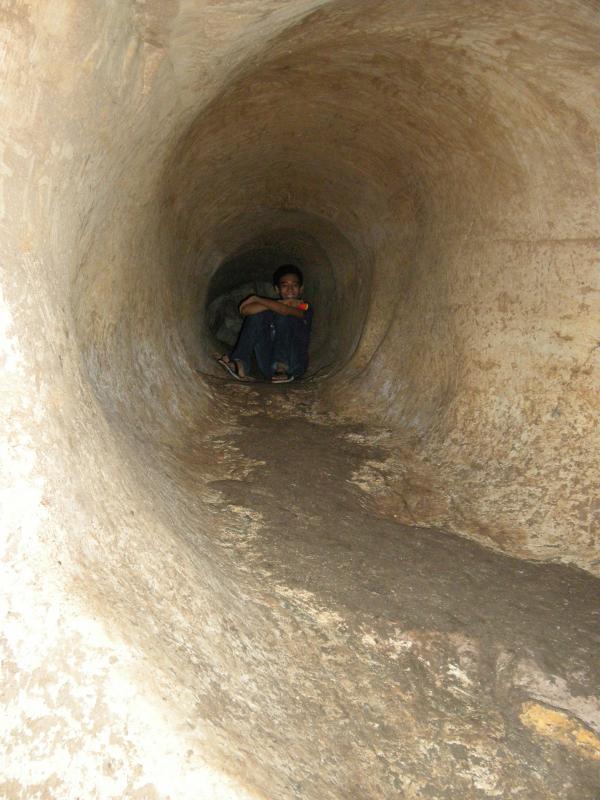
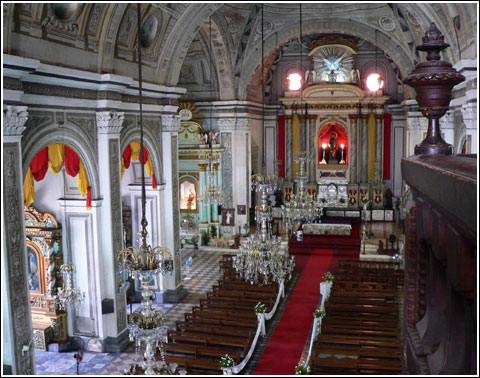
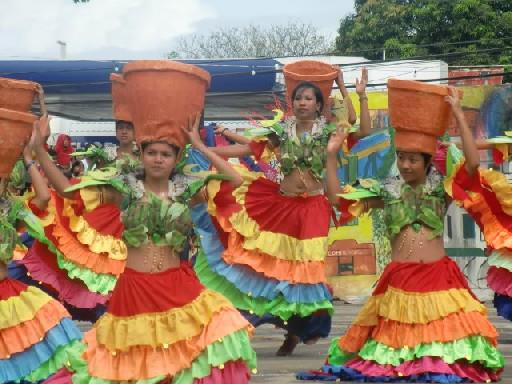



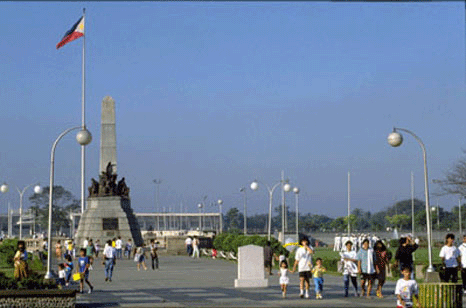
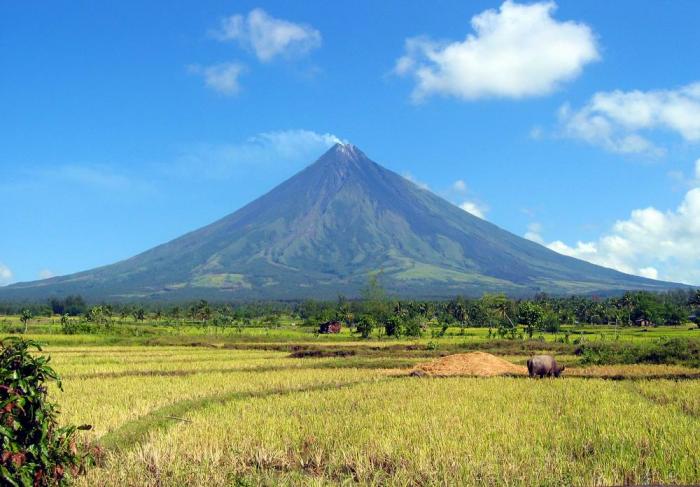
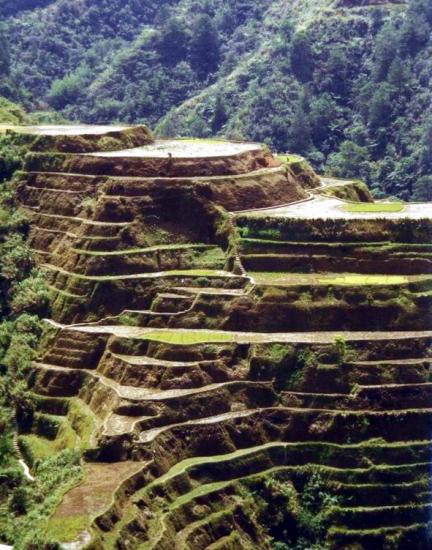
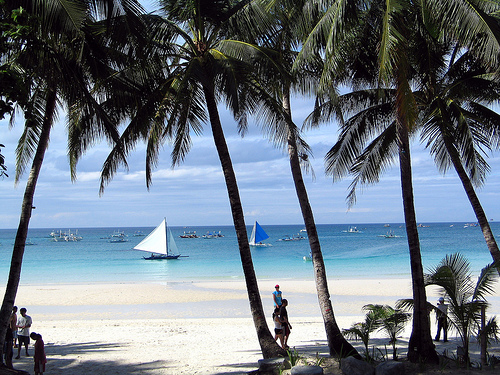
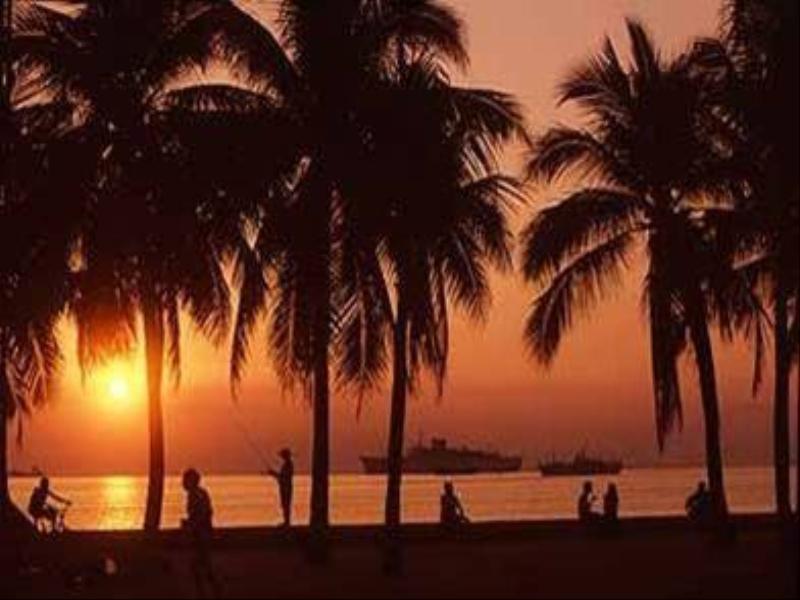
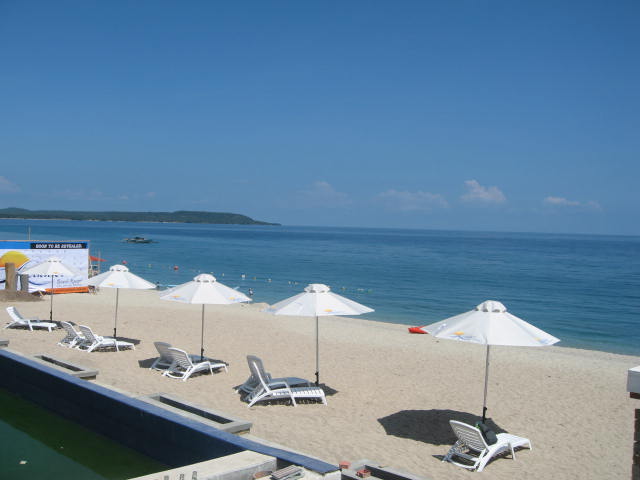
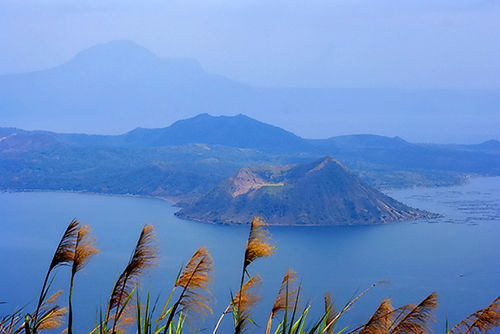

[…] how we celebrate New Year’s eve (Literally it is more fun in the Philippines!). Visit Malacañang Palace and historical Intramuros (seat of Spanish colonial government). One interesting place to visit is […]